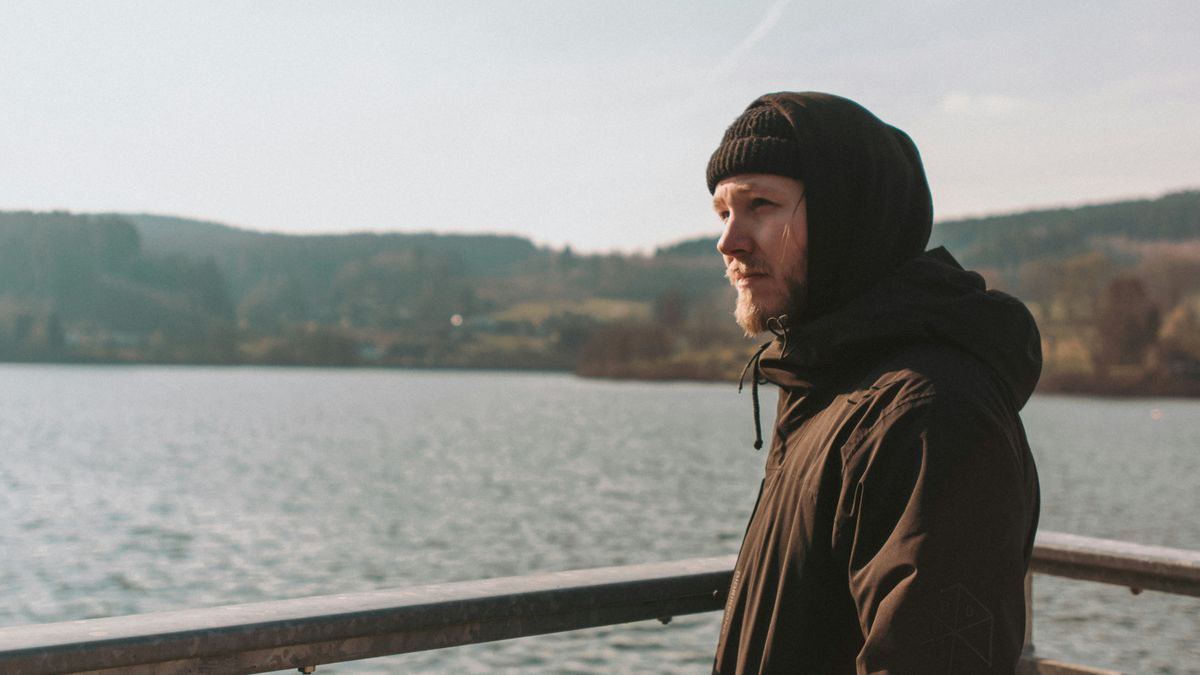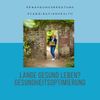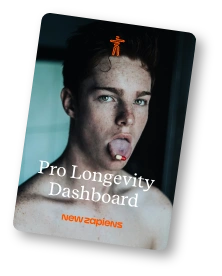ScandinavianHealth: The Nordic Way to Better Health

Working in the fast-paced, high-pressure environment of London’s financial district began to take a toll on my health. Although I didn’t feel well, medical tests showed nothing was wrong. To cut the story short, I returned to my Scandinavian roots and began a to optimize my health.
This was 25 years ago. Looking for a change I pursued a formal education in Nutritional Therapy, delved into the science of how nutrients support the body, and eventually opened my own clinic. My practice is grounded in the principles of the Scandinavian diet and lifestyle, which have consistently shown remarkable benefits for long-term well-being.
Why ScandinavianHealth?
Scandinavians are renowned for their longevity, deep connection to nature, and a balanced, health-conscious way of living. These values resonate strongly with me, and I’ve successfully integrated them into my work as a Nutritional Therapist. My approach combines evidence-based nutrition with lifestyle strategies inspired by Scandinavian simplicity, resilience, and harmony with nature.
What is the Scandinavian (Nordic) Diet?
While the Mediterranean diet is often praised for its role in supporting long-term health, it's important to note that this category also includes the Nordic and Japanese dietary patterns. The Scandinavian lifestyle—rich in whole foods, movement, and mental well-being—is a powerful contributor to health, longevity, and overall vitality.
After 25 years of education and experience, I’m convinced that the key to its success lies in reducing inflammation—a silent contributor to many modern health issues. Inflammation can result from chronic stress, poor diet, lack of movement, and low emotional resilience.
Why Do Scandinavians Live So Long?
Scandinavians enjoy some of the longest life expectancies in the world. Their diets are naturally anti-inflammatory, rich in:
- Omega-3 fatty acids from fish
- Whole grains like rye, barley, and oats
- Fresh vegetables and seasonal produce
But nutrition is only part of the story. Low stress levels, restorative sleep, regular outdoor activities, and meaningful social connections all play a vital role in promoting a long, happy, and healthy life.
The Scandinavian Way of Life
Living a healthy life the Scandinavian way means spending time in nature, especially on weekends—whether hiking, skiing, or walking in the forest. In Scandinavia, access to nature is a public right, and children grow up outdoors, often participating in sports from an early age. This culture of movement and freedom supports health from the very beginning of life.
My Approach as a Nutritional Therapist
In my 25 years of practice, I’ve learned that getting the basics right is the foundation of lasting health. While this is true for most people, I also recognize that each person is unique. Nutritional needs shift over time, depending on factors like age, hormonal changes, stress, or life circumstances.
That’s why I take an individualized approach. I help clients identify both the long-term strategies and short-term therapeutic interventions needed to restore balance and improve health. Many symptoms—such as fatigue, hormonal imbalances, and digestive issues—respond remarkably well to targeted nutritional therapy within just 2–3 months.
The Goal: Restore Balance, Build Resilience
At ScandinavianHealth, the goal is to uncover and address the underlying causes of suboptimal health, and to re-establish balance through personalized Nutrition and Lifestyle Coaching. The results can be life-changing.
And the good news? These diet and lifestyle changes has many positive side effects and don’t require perfection. Small, sustainable shifts can lead to greater resilience, renewed energy, and a better quality of life—naturally and effectively.
The Top 5 Elements of ScandinavianHealth
1. A Nourishing, Whole-Food Diet
Scandinavians place a strong emphasis on local, seasonal eating. Foraging for wild berries and mushrooms is a beloved tradition, and foods like root vegetables, leafy greens, and fresh berries form an important part of the diet.
Healthy fats from fish—especially oily varieties like salmon and mackerel—are consumed regularly. To support health through the long, dark winters, many supplement with omega-3 fatty acids and vitamin D.
Whole grains such as oats, rye, and wheat are part of daily meals, often in the form of porridge or hearty whole-grain bread. The diet is generally low in added sugar, processed foods, and sugary beverages.
That said, balance is key: cinnamon buns and cake buffets are cherished parts of social gatherings and celebrations. And in true Scandinavian fashion, sweets are typically reserved for Saturday evenings—a tradition known as “lørdagsgodteri”.
2. An Active, Nature-Based Lifestyle
Physical activity is a natural part of daily life. The Scandinavian philosophy of “Friluftsliv”— literally “open-air living”—emphasizes regular time spent outdoors, regardless of weather.
Walking, cycling, skiing, and hiking are all integrated into the routine. Even in winter, children nap outdoors in their prams and play outside at nursery schools. Most children also belong to sports clubs, building a foundation for lifelong activity.
The mindset? “There’s no bad weather, only bad clothing.”
As a result, Scandinavians remain active, mobile, and independent well into old age.
3. Stress Management, Recovery & Resilience
Nature is not just a backdrop—it’s a healing space. Time outdoors is used to recharge, calm the mind, and reduce stress. Forest walks are associated with lower blood pressure, reduced cortisol levels, and improved mental clarity.
Scandinavian countries consistently rank high on the World Happiness Index. This is not by accident, but the result of lifestyle habits that protect mental health and enhance emotional resilience.
4. Freedom, Balance & Trust
One unique Scandinavian value is “allemannsrett”—the freedom to roam. Nature is open to all, without restrictions or fences, encouraging widespread access to the outdoors.
Work-life balance is protected through flexible hours, generous parental leave, and ample vacation time. Trust in government and society is high, and economic equality is stronger than in many other parts of the world.
There’s little need for material excess—quality of life takes priority over quantity of things. People feel safe, valued, and supported.
5. Strong Relationships & Community Spirit
Outdoor activities often bring families and friends together, strengthening bonds and supporting emotional well-being. Time with loved ones is seen as essential for both relaxation and mental health.
Scandinavians take pride in their community spirit. One beautiful tradition is “dugnad”—a local initiative where neighbors come together to repair, build, or maintain shared spaces, often followed by food and games.
These strong social connections are a key part of what makes the Scandinavian lifestyle so healthy —and fulfilling.
Together, these five elements support:
- A strong immune system
- Resilient mental health
- Healthy aging
- And most importantly, a balanced, meaningful life
At ScandinavianHealth We Wish You a Long and Happy Life.
Author: Tove Schraenkler
Nutritional Therapist, ION, London Certified Longevity Trainer Heilpraktikerin Master in Business




